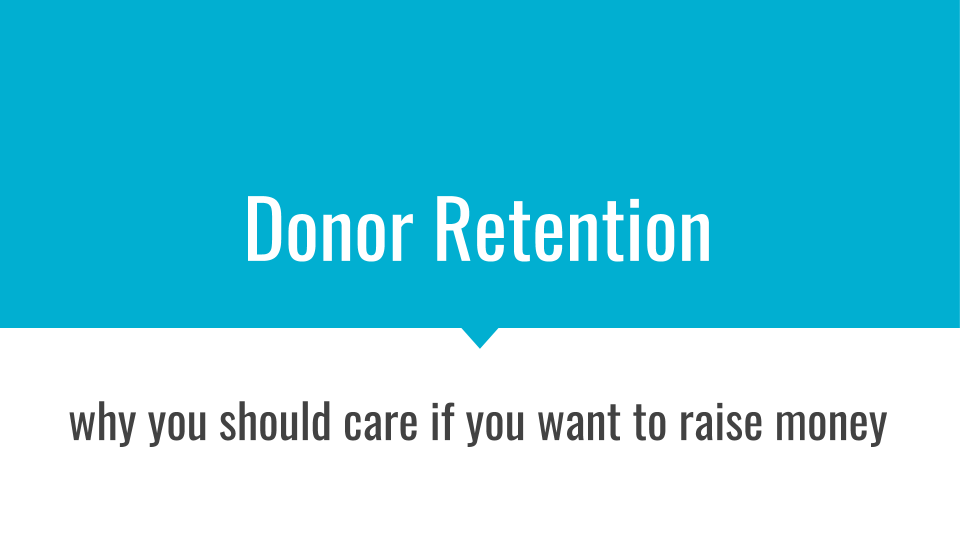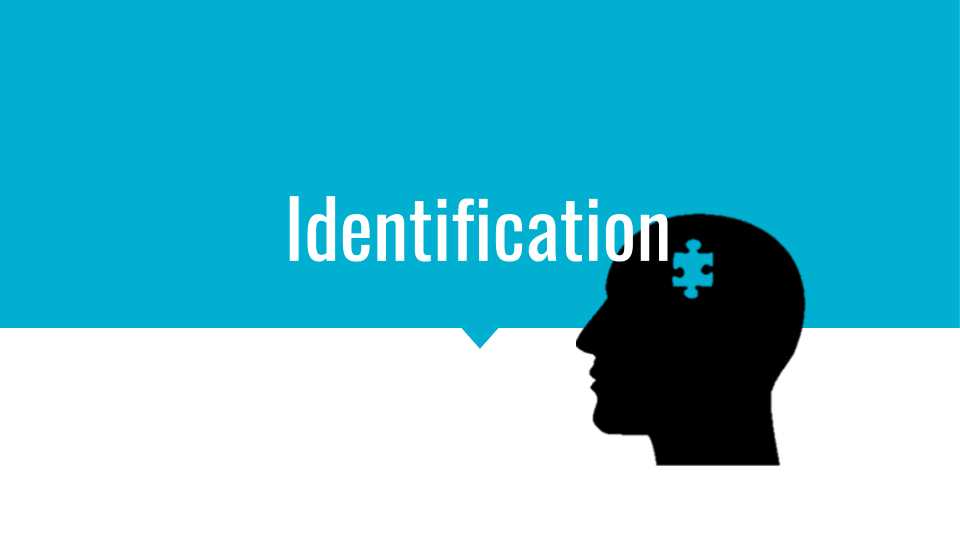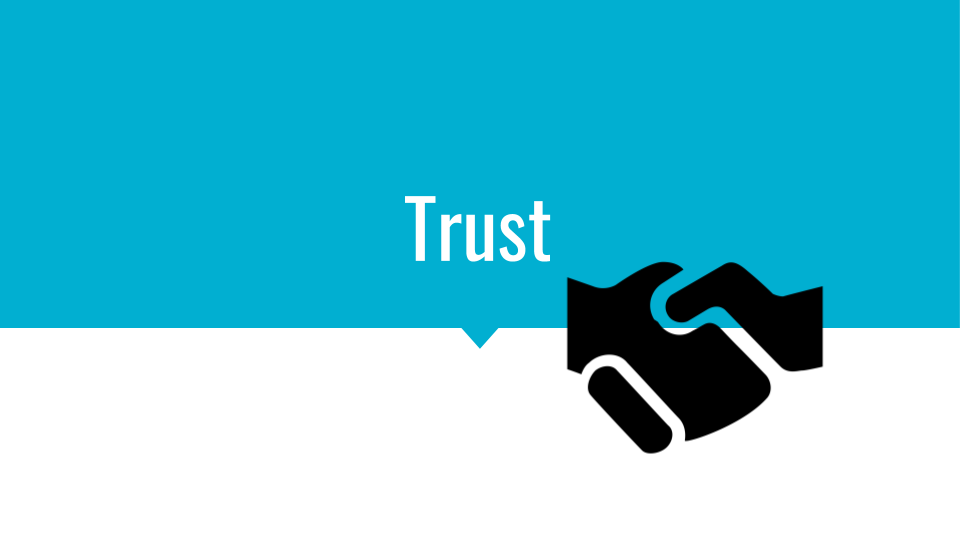Donor retention risks becoming nothing more than a buzzword in fundraising circles. Everyone talks about retention – not nearly enough do something about it.
If you want to join those doing something about it, welcome to the club! You’re about to raise more money and keep your donors. Sure beats the churn of expensive acquisition efforts.
Here’s why retention matters
It costs between 5-7 times more to acquire a new donor than it does to keep the donors you have happy.
A typical organization will lose up to 80 percent of its annual donors between the first and second gift. You didn’t read that wrong, although you probably wish you had!
But here’s the good news. Move the dial just a little – say, 10 percent – on your retention rate. You could see a 200 percent increase in the lifetime value of your donor lists.
What makes donors loyal?
Adrian Sargeant is the Professor of Fundraising and the Director of the Hartsook Centre for Sustainable Philanthropy at the University of Plymouth. (I hope he doesn’t have to write out that title often!)
To put it more simply, he’s an academic who studies fundraising – and retention in particular. He doesn’t offer us opinions – he provides research that is critical to our sector.
He has identified the drivers of loyalty. Here are the ones I want you consider:
- Satisfaction
- Identification
- Trust
- Commitment
Satisfaction
This one is easy to understand. But it takes an organization-wide culture change if you’re falling behind here. Satisfaction is largely about customer service.
How well-treated do your donors and prospects feel? Is everyone at your organization focused on customer service?
Think about these things:
- Is it easy to find staff phone numbers?
- Will a real person answer the phone – a person who is able to help?
- Is your website easy to navigate?
- Do you donors feel welcomed and needed when they visit your site – or is it all about the organization?
- Do you ask for and act on donor preferences? (Names, publicity, solicitation frequency?)
- Is your communication push or pull? (Are you saying what you want to say or what donors want to know?)
Identification
Do you cheer for a sports team? Do you have a college or university sticker on your car?
If you do, then you understand the power of identification. Do donors identify themselves as part of your work?
Remember the goal here isn’t to see your logo everywhere. The goal is for donors to feel deeply involved in your mission. Giving is about their desire to change or sustain something in the world. It’s not about your need for money.
Can you state your organization’s values clearly and simply? Are values something you think about as an organization? Do you act on them?
Donors tend to stick with organizations they perceive share their values.
Do you know what your donor’s values are?
Trust
Can you show, not tell, that your organization is worthy of donors’ trust?
Trust is not easy to build. And it’s very easy to destroy. So you want to be vigilant about protecting the trust your donors have in you.
How? Be consistent. Do want you say you do.
If you send an appeal asking donors to support backpacks for kids, show them the kids and the backpacks. And refer to those kids and backpacks in your thank you letter. Don’t thank them for general support.
They give for the good feelings they get. Showing them their impact lets them feel good again.
Also important: honesty. If you mess something up – from a name spelled wrong to a failed project – admit it and apologize.
Commitment
What’s your level of commitment to your donors? Are you in it for the long haul?
As anyone in a relationship will tell you, commitment needs to go both ways. Do you donors feel like they matter to you?
Are you thanking them well, promptly and often? Are you seeking to know more about them, so you can communicate even better? If you want to see magnificent donor-loving communications, make a gift to Merchants Quay in Ireland. It’s an organization doing beautiful, desperately needed work. But you’ll also be treated to an ongoing class in how to do it right.
Why do your donors leave you?
There are many reasons donors give for leaving an organization. Some you can’t control (death, moving, a big change in income). But many, you can do something about.
Donors are tied to the cause, not the organization. If their heart is in animal welfare, they think about supporting that cause. They may not think about your organization or the other one in that field.
(Want to go right to donor-loving: expert level? Consider introducing your donors to an organization you think they’d also care about.)
Donors feel disappointed in how they’re treated. I get the mail first at my house. Our recycling bin is right by the door. I had a deeply disappointing episode or two with one national charity. Guess where their solicitations go as I bring the mail into the house?
How DO your donors feel about you?
How they feel about your organization has a whole lot to do with how they think you feel about them.
Treat your donors like ATMs or strangers and they’ll soon become strangers. Treat them like partners, and they’ll stick around.
Your donor-retention to-do list
Build a culture of philanthropy at your organization. Everyone needs to understand how important donors are to your mission. (Not your bottom line.) Philanthropy is part of your mission.
Ask, but not until you thank and report on the impact of the last gift. You should plan to ask for a second gift from a new donor within 2 months. (Your chances of getting a second gift drop precipitously after that.)
Maybe asking for another gift feels wrong. Then ask for something else: sign a petition, introduce your organization to friends, volunteer.
Measure your retention. What you measure is what you do. So start measuring retention and lifetime value. All the time. Loyalty should be a key metric – and one everyone in the organization is judged on. You want to catch bad trends before they become bad news.
Ask for monthly gifts. Nationally, donor retention is somewhere in the low 40s. But you can expect 60-80 percent retention from donors making automatic monthly gifts. Focus on monthly!
Listen to your donors. Seek feedback at every opportunity. Send out quick email surveys. Try a print survey for more in-depth information. Call a few new donors and ask why they gave. Call a few long-time donors and ask them!
Finally, take care of your data so you can take care of your donors. Nothing says “you don’t really matter” more than getting names or donation history wrong. Be persnickety about data hygiene.
Your donors are critical to your mission. Treat them well and you’ll both be happy!
This week’s insights were brought to you by Mary Cahalane of Hands-On Fundraising. While we have enjoyed sharing our own thoughts on a number of topics about fundraising. Sometimes, it is nice to bring in an outside voice for a new perspective! Action Graphics would like to thank Mary for helping us kick off our Donor Retention Blog Series! Continue reading to learn a little more about the author and be sure to keep your eyes out for the next four posts in this series!
About the Author: Mary Cahalane – Hands-On Fundraising 
Mary is the principal of Hands-On Fundraising. She helps nonprofit organizations succeed through great communications, thoughtful planning and strong donor relationships. Mary’s blog, Hands-On Fundraising, was named as one of The Nonprofit Fundraising Digest’s Top Fundraising Blogs of 2018 and as one of Bloomerang’s 100 Fundraising Blogs You Should Be Reading in 2017.
 Mary specializes in providing emotional, clear, and effective donor communications while keeping clients up to date on current best practices for direct mail and email fundraising. She has experience with annual giving programs for organizations of all sizes and is committed to celebrating donors and philanthropy.
Mary specializes in providing emotional, clear, and effective donor communications while keeping clients up to date on current best practices for direct mail and email fundraising. She has experience with annual giving programs for organizations of all sizes and is committed to celebrating donors and philanthropy.
For more information, visit https://mcahalane.com or follow Mary and Hands-On Funraising on Twitter, Linked In, and Facebook.











